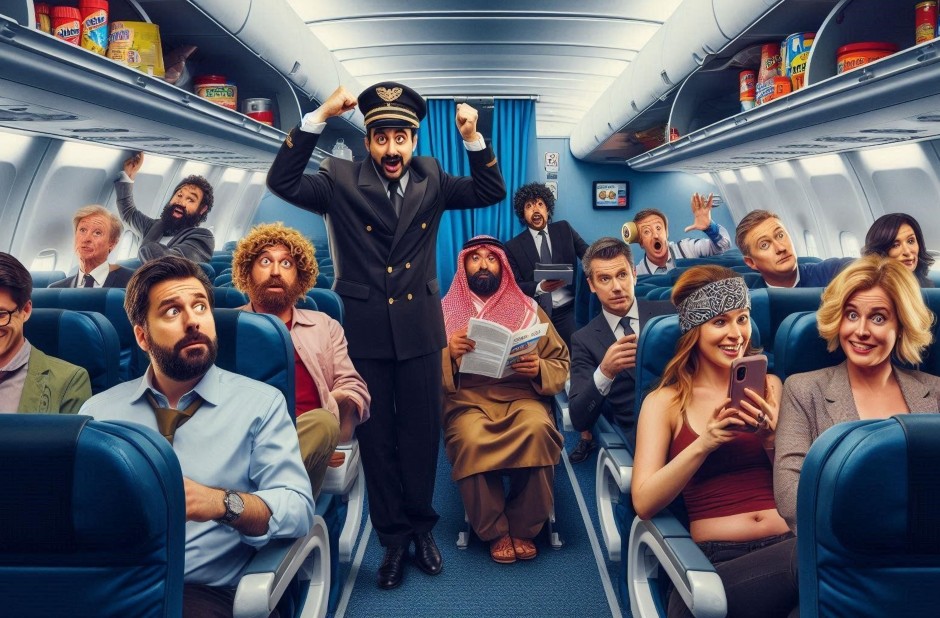Budget airlines have revolutionized air travel, making it possible for millions to fly who otherwise couldn't afford it. While these carriers advertise rock-bottom prices that seem too good to be true, there's a complex web of hidden realities that most passengers discover only after booking. Understanding these unspoken truths can mean the difference between a smooth journey and a travel nightmare.

The Real Cost of "Cheap" Flights
The advertised price is rarely what you'll actually pay. Budget airlines have mastered the art of unbundling services that traditional carriers include in their base fare. What starts as a $50 ticket can quickly balloon to $150 or more once you add essential services.
Hidden Fees You Didn't Expect
- Seat selection fees: Even choosing a middle seat can cost $10-25 extra
- Carry-on baggage: Many budget airlines charge $35-60 for overhead bin space
- Payment processing fees: Credit card fees of $5-15 per transaction
- Print boarding pass fees: Up to $30 if you don't check in online
- Food and drinks: A bottle of water can cost $5, sandwiches $15
Airport and Route Limitations
Budget airlines often use secondary airports that can be significantly farther from your destination. While they may advertise flights to "London" or "Paris," you might find yourself landing at airports 50-90 minutes away from the city center. This hidden cost in time and ground transportation can offset any savings from the cheap flight.
Schedule Realities
Budget carriers frequently operate on thin margins with limited aircraft fleets. This means less flexibility when things go wrong. A single mechanical issue or weather delay can create a domino effect, potentially stranding passengers for hours or even days. Unlike major carriers, budget airlines often don't have partnerships with other airlines to rebook you on alternative flights.
The Comfort Trade-offs
The phrase "you get what you pay for" applies heavily to budget airline comfort. Seat pitch is typically 28-30 inches compared to 31-32 inches on traditional carriers. The seats themselves are often thinner with minimal padding, and reclining may be limited or non-existent.
Onboard Service Limitations
Flight attendants on budget airlines are trained primarily for safety, not service. Don't expect the same level of hospitality or problem-solving assistance you'd receive on full-service carriers. Many budget airlines also have policies that prevent crew from providing even basic amenities like blankets or extra snacks without payment.

Customer Service Challenges
When things go wrong, budget airline customer service can be notoriously difficult to reach. Many operate with minimal call centers, often outsourced to different countries. Wait times of 2-4 hours are common, and resolution options are typically limited. Some budget carriers primarily handle customer service through chatbots or online forms, making real-time problem resolution nearly impossible.
Refund and Change Policies
Budget airlines typically offer the most restrictive ticket types by default. Changes can cost $50-100 plus fare difference, and refunds are often only available as credits with expiration dates. During the COVID-19 pandemic, many passengers learned this lesson the hard way when budget airlines offered only vouchers instead of cash refunds.
Strategies for Success
Despite these challenges, budget airlines can still offer excellent value if you approach them strategically. The key is understanding their business model and planning accordingly.
Smart Booking Tips
- Calculate total cost including all fees before booking
- Pack light to avoid baggage fees - many allow a personal item for free
- Check in online exactly 24 hours before departure
- Bring empty water bottles and snacks through security
- Research airport locations and transportation costs
- Consider travel insurance for added protection
When Budget Airlines Make Sense
Budget airlines work best for short-haul flights (under 3 hours), travelers with flexible schedules, and those who can travel with minimal luggage. They're particularly valuable for leisure travel where arrival time is less critical than cost savings.
Red Flags to Avoid
Avoid budget airlines for time-sensitive travel like business trips or connecting flights with tight schedules. If you're traveling with expensive equipment, have mobility issues, or are flying during peak weather seasons, the risks often outweigh the savings.

The Bottom Line
Budget airlines aren't inherently good or bad - they're a tool that works well for specific situations. The key is understanding exactly what you're buying and what you're giving up. When used strategically, they can provide genuine value. When misunderstood, they can turn a cheap flight into an expensive lesson.
The democratization of air travel through budget carriers has been transformative, but it requires educated consumers who understand the trade-offs. By knowing these hidden realities upfront, you can make informed decisions and avoid the common pitfalls that catch unprepared travelers off guard.
